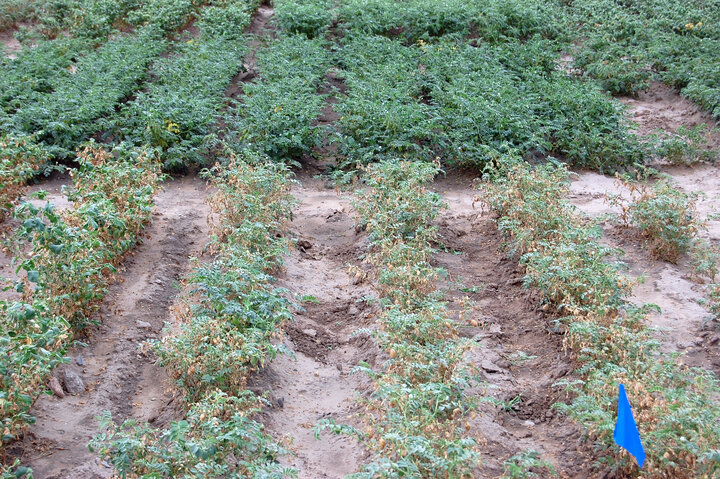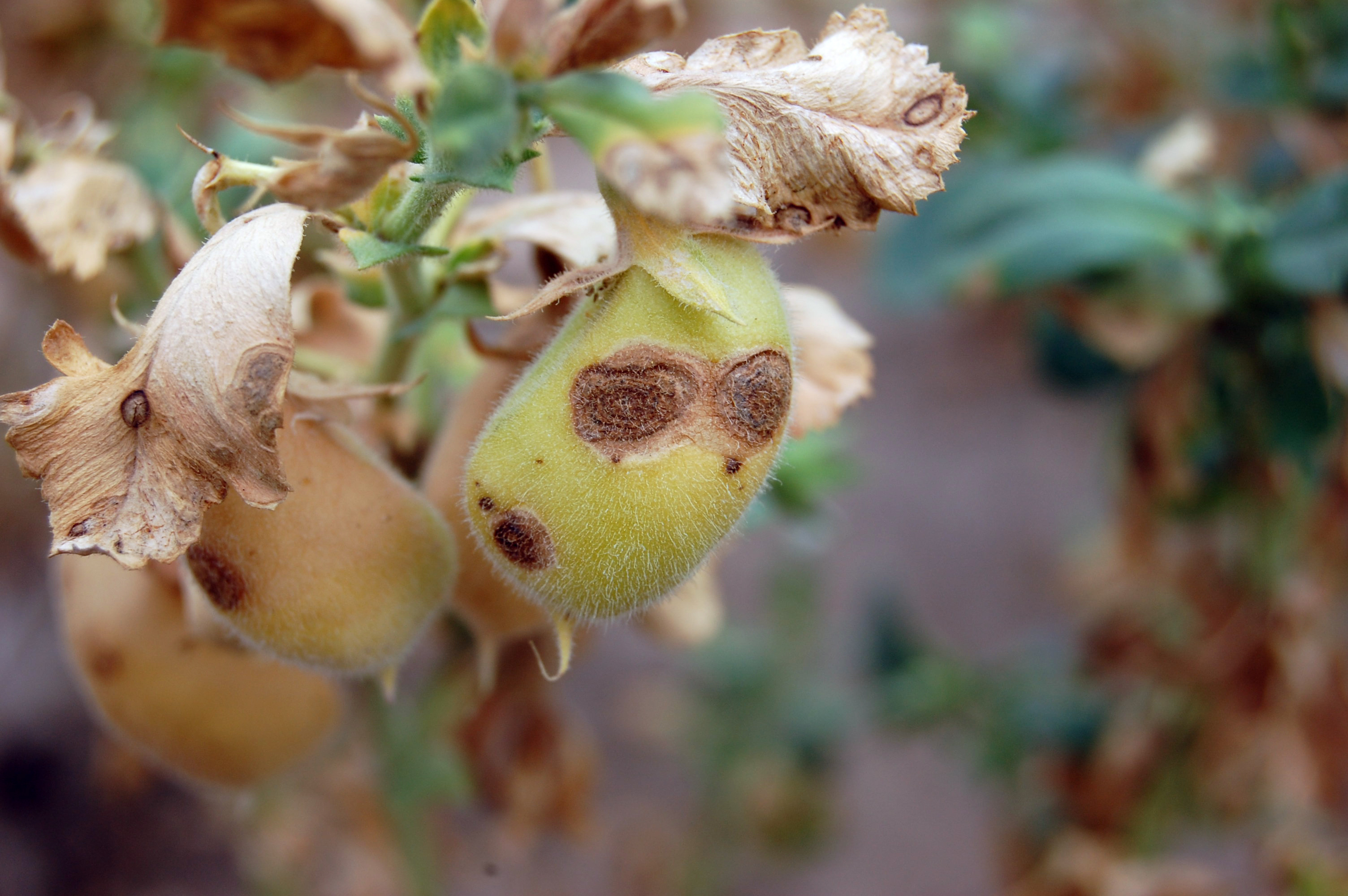
The chickpea (Cicer arietinum), also known as the garbanzo bean, is an annual grain legume crop that ranks among the world's three most important pulses (seed legumes used as food). Interest in chickpea production in the United States as an alternative crop to spring cereals has increased rapidly areas of the Pacific northwestern where rainfall is marginal.
Chickpeas have the potential to give western Nebraska producers the needed flexibility to take advantage of newly emerging market opportunities. Chickpeas are well adapted for this semi-arid climate and additionally fit well with existing equipment, dry bean processors and regional infrastructure.
The leading producers currently in the United States are Idaho, Washington, California, and North Dakota. Due to a number of issues including agronomic, processing and marketing constraints, production in the Central High Plains has been sporadic. However, production in Nebraska has increased substantially over the past seven years, (1500 acres in 2000 to almost 10,000 acres in 2006), although less than 300 acres were planted in 2007.
This reduction in acres is almost completely due to the disease Ascochyta blight, which is the most serious disease problem worldwide. Without new cultivars with better tolerance to the disease, production in Nebraska will likely cease. Thus we are currently working with the dry bean breeding program to identify and produce new cultivars adapted for this area with disease tolerance.
Contact:
Bob Harveson
Extension Plant Pathologist
Focus: Dry bean, Sugarbeet and Sunflower
(308) 632-1239
rharveson2@unl.edu
Faculty Bio

